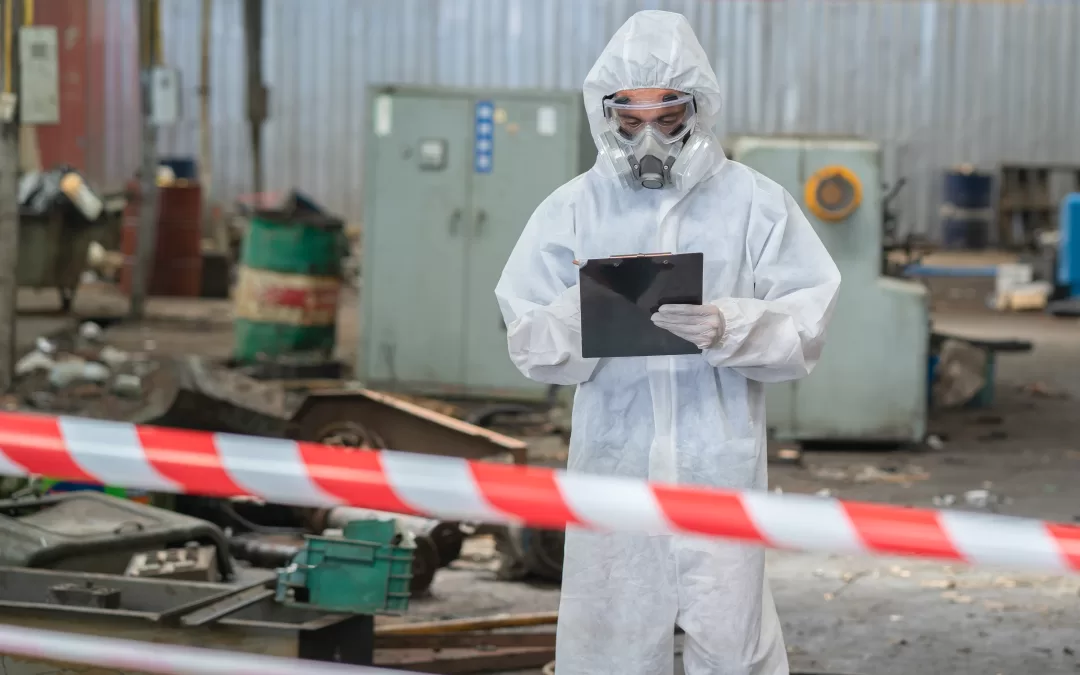Asbestos was once a popular building material due to its durability and heat resistance. However, it is now known to pose serious health risks, including lung cancer, mesothelioma, and asbestosis. Despite its dangers, many older homes still contain asbestos materials. Recognising the signs of asbestos and knowing how to handle it safely is crucial for homeowners.
Common Signs of Asbestos in Your Home
Asbestos can be found in various materials throughout your home, especially if it was built before the 1980s. Here are some common signs and places where asbestos might be present:
- Insulation
One of the most common uses of asbestos was in insulation materials, including around pipes, boilers, and ducts. If your home has old insulation that appears fibrous and has not been replaced, it could contain asbestos.
- Flooring
Asbestos was frequently used in vinyl flooring, tiles, linoleum, and adhesives. Tiles that are 9-inch by 9-inch or 12-inch by 12-inch and were installed before the 1980s might contain asbestos.
- Roofing and Siding
Many older homes have roofing shingles, siding, Decromastic tiles and felt that contain asbestos. These materials are typically grey or black and have a distinct, older look.
- Ceiling Materials
Popcorn ceilings, also known as acoustic ceilings, were popular from the 1950s to the 1980s and often contained asbestos. These ceilings have a bumpy, textured appearance.
- Cement Products
Asbestos was used in various cement products, including pipes, corrugated roofing, and flat sheets. These materials are typically hard and grey and may be around fireplaces, stoves or fence lines.
- Textured Paints and Plasters
Asbestos was sometimes added to paints and plasters to increase durability and fire resistance. These materials might be found in walls and ceilings.
What to Do If You Suspect Asbestos
If you suspect that your home contains asbestos, it’s crucial to take appropriate steps to ensure your safety:
- Do Not Disturb Suspected Asbestos
Asbestos is most dangerous when it is disturbed, and fibres become airborne. Avoid drilling, sanding, water blasting or breaking materials that might contain asbestos.
- Get a Professional Inspection
Hire a licensed asbestos assessor to assess your home. They can take samples and have them tested to confirm the presence of asbestos.
- Hire Professional Removal Services
If asbestos is found, do not attempt to remove it yourself. Asbestos removal requires specialised equipment and training to ensure it is done safely. Hire a certified asbestos removal professional such as CSS to handle the removal.
- Seal or Encapsulate Asbestos Materials
In some cases, asbestos materials can be safely sealed or encapsulated rather than removed. This process involves covering the asbestos-containing material with a protective barrier to prevent fibres from becoming airborne.
- Follow Local Regulations
Asbestos removal and disposal are strictly regulated. Ensure that any work done complies with local and national regulations to protect your health and the environment.
- Inform Contractors
If you are planning renovations or repairs, inform any contractors about the presence of asbestos. This ensures they take necessary precautions to avoid disturbing the material.
Asbestos poses significant health risks, and it is crucial for homeowners to recognise the signs and handle it properly. If you suspect asbestos in your home, prioritise safety by avoiding disturbance, seeking professional inspection, and hiring certified removal services. By taking these steps, you can protect yourself and your family from the dangers of asbestos exposure.
For more information, contact our professional decontamination services today. We are dedicated to ensuring your home is safe and free from hazardous materials.

